Did you know?
The fitness app market has seen remarkable expansion, surging to $1.1 billion in 2021, with expectations of reaching an astounding $8.1 billion by the end of 2032.
Furthermore, the worldwide market for mobile health and fitness apps is experiencing rapid growth.
As we step into 2024, there couldn’t be a more opportune moment to set forth on the exciting journey of developing your own health and fitness app, especially for the Australian market. This increasing expansion of the health and fitness sector is fueling a rising need for inventive applications to track, manage, and enhance our overall well-being.
If you’re considering developing a health and fitness app in 2024, you are venturing into a market with tremendous opportunities. Here, in this comprehensive guide, we bring you the essential steps to kickstart your path to achievement.
How To Develop A Health And Fitness App In 2024?
Developing a health and fitness app in Sydney, Australia, involves several critical steps to ensure its success. Here are the key steps to follow:
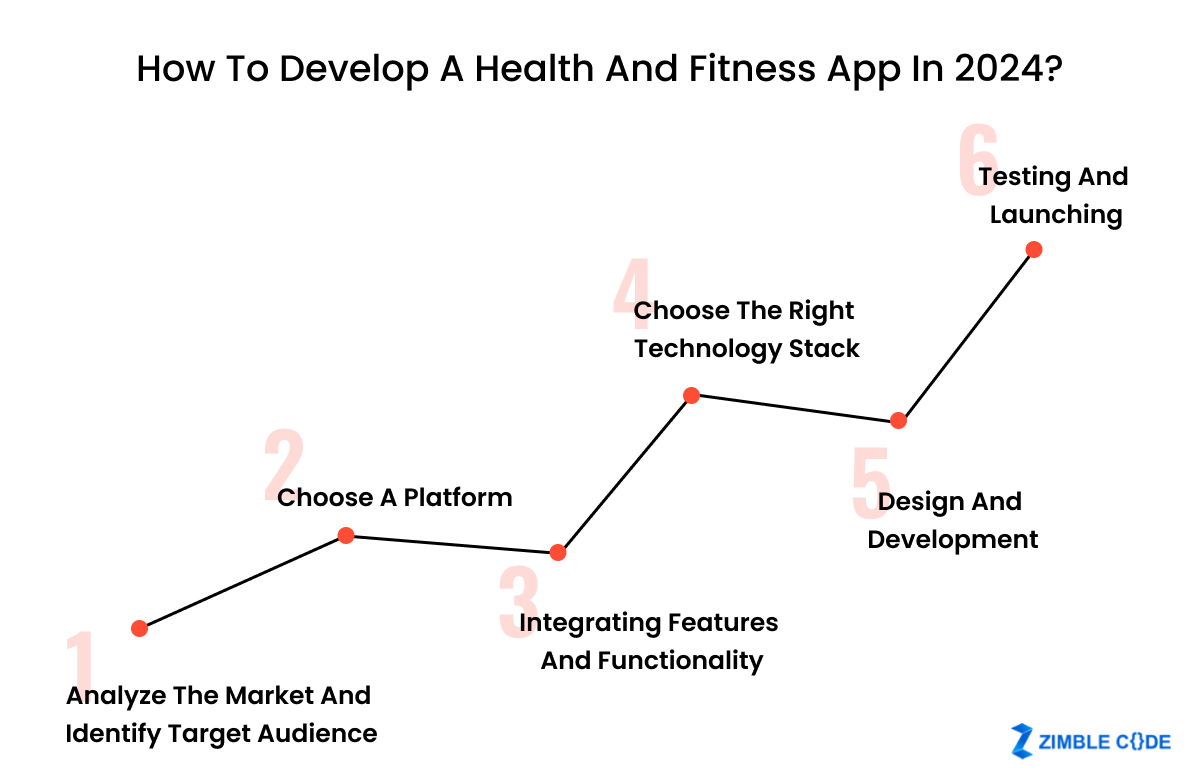
Step 1: Analyze the Market and Identify Target Audience
Stay updated on the emerging trends in the fitness app industry and discern the most favored app categories among users. Analyze the current growth trajectory of the fitness app market and assess the potential for substantial returns. It will enable you to develop an exceptional health and fitness app in Sydney, Australia.
Additionally, investigate the prominent competing apps currently dominating the market. Furthermore, while conducting market research, create detailed user personas that align with your app’s intended purpose by considering demographic and psychographic attributes to define your target audience effectively.
Step 2: Choose a Platform
Your choice of platform significantly influences the cost of health and fitness app development. Based on your target audience, you must decide whether to create an app for Android and iOS or opt for cross-platform development.
It’s worth noting that developing Android and iOS can lead to higher expenses due to using different programming languages for each platform. If you aim to create a cost-effective health and fitness app, consult with experts to ensure your project aligns with your budget.
Step 3: Integrating Features and Functionality
When planning your health and fitness app’s features, it is imperative to identify the core functionalities defining its purpose. Consider including features like activity tracking to monitor workouts, nutrition monitoring to help users manage their dietary intake, and social sharing to foster a sense of community and motivation.
The success of any app hinges on its features and functionalities, and the health and fitness app category is no exception. It’s vital to incorporate compelling elements that resonate with and engage your users, ensuring they find value and enjoyment in using your app.
Step 4: Choose the Right Technology Stack
It is essential to make a well-informed decision regarding the technology stack you’ll employ. You must consider whether native, hybrid, or web-based development best suits your project’s unique needs and intended user base.
Furthermore, pay attention to the significance of utilizing third-party APIs to seamlessly integrate essential functionalities and enhance the overall capabilities of your app. Making strategic technology choices ensures your app is robust and feature-packed, aligning with user expectations and industry standards.
Step 5: Design and Development
Moving on to the design and development phase, the key to captivating and retaining users in your health and fitness app is an alluring UI/UX design. Ensure your app boasts a user-friendly interface, an engaging design, and accessibility features. The synergy of these components, alongside well-implemented servers and third-party APIs, contributes to an exceptional user experience.
Depending on the intricacy of your application, you can initiate the development process. Remember, creating a robust server architecture is essential for encryption, data storage, and seamless communication between internal and external services. To maintain a competitive edge in the industry, consider enlisting the expertise of skilled fitness app developers.
Step 6: Testing and Launching
For a comprehensive assessment of your fitness app’s security, usability, and functionality, it’s crucial to employ a combination of manual and automated testing. Identifying and addressing any faults or issues early is highly advantageous.
Once your app has successfully completed thorough testing and is in its prime state, you are ready to initiate its launch. However, it’s essential to emphasize ongoing support and maintenance post-launch. You must address any bugs, errors, or other issues that may arise to ensure a seamless user experience.
Read Also – Healthcare Mobile App Development – The Future for Your Hospitals
Conclusion
In 2024, the health and fitness app sector presents many possibilities for individuals looking to develop inventive solutions. The remarkable market growth, driven by a growing focus on health and wellness, provides a fertile ground for seasoned entrepreneurs and dedicated fitness enthusiasts to establish their presence.
As a fresh entrepreneur, keep in mind that the launch is just the beginning. For continual support, you can hire an efficient health and fitness app development company in Sydney, Australia. They will assist you with regular updates and the integration of user feedback, which will act as the cornerstones of your long-term success in the ever-evolving realm.
Frequently Asked Questions (FAQs)
Q1. What is the typical timeline for creating a fitness app?
During the development phase, back-end development usually spans around 350 to 400 hours. iOS development requires approximately 450 to 480 hours, and Android development takes roughly 380 to 400 hours.
Q2. How can I generate revenue from a fitness app?
There are four prominent monetization models in the market: single-time purchases, subscription plans, one-time in-app purchases, and advertising.
Q3. What is the price range for fitness app development?
The cost of developing a fitness app depends on its features, complexity, design, and the number of development hours required. A simple app can typically range from $20,000 to $30,000, while more sophisticated apps may cost $50,000 or higher.

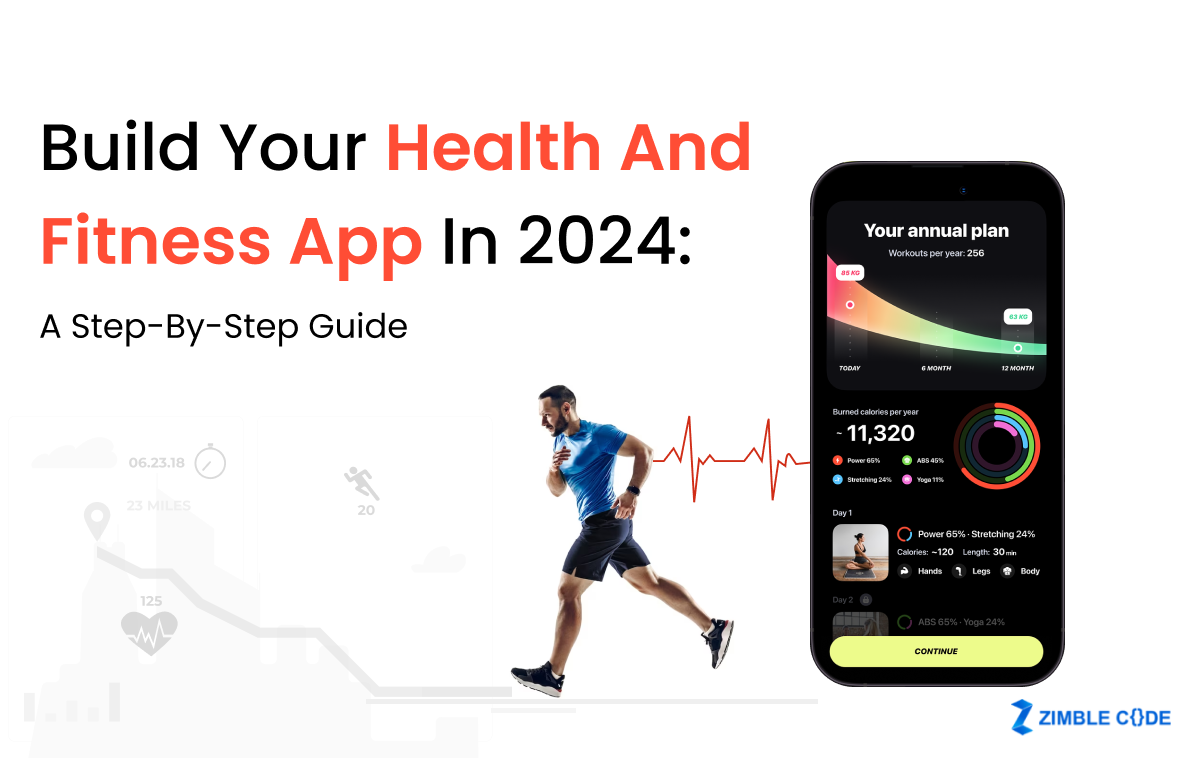
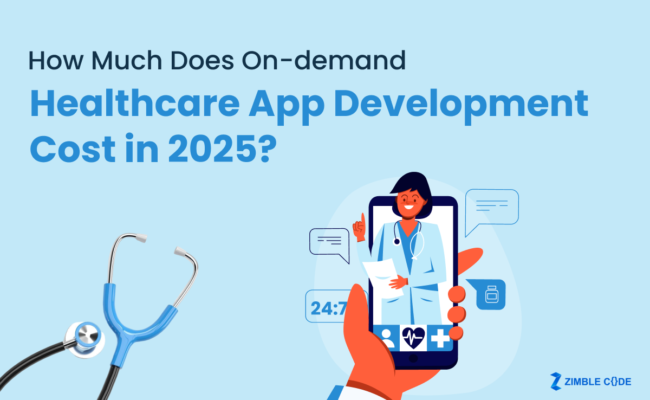
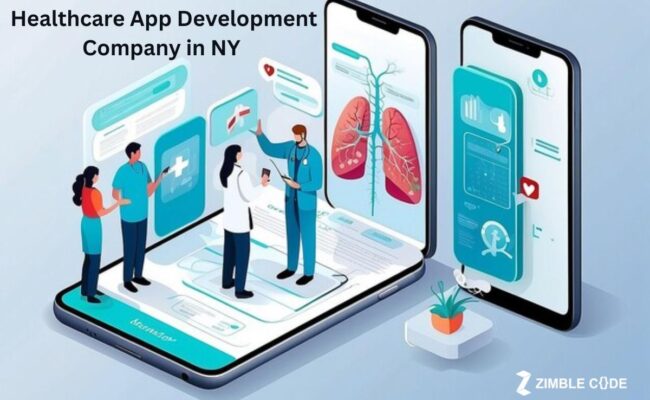
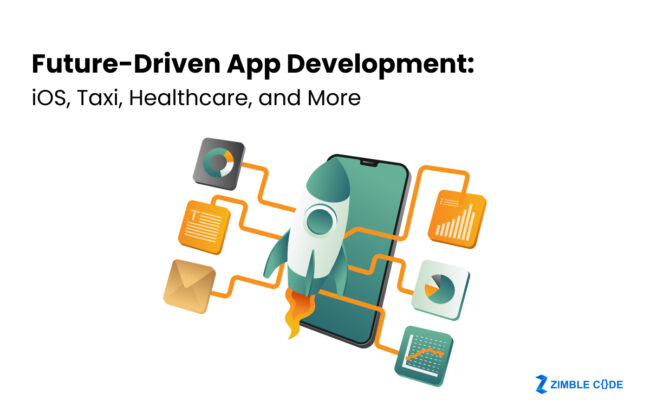
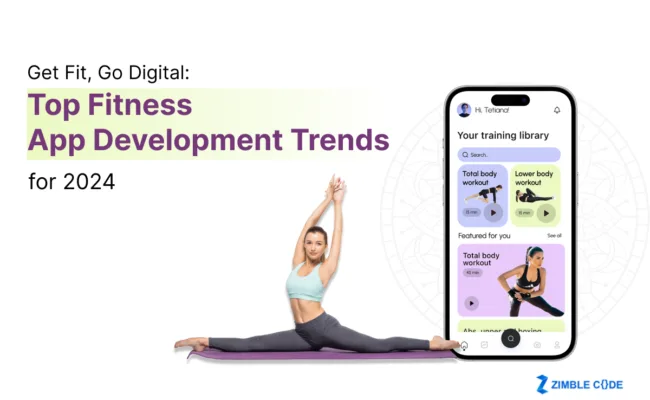


Leave A Comment